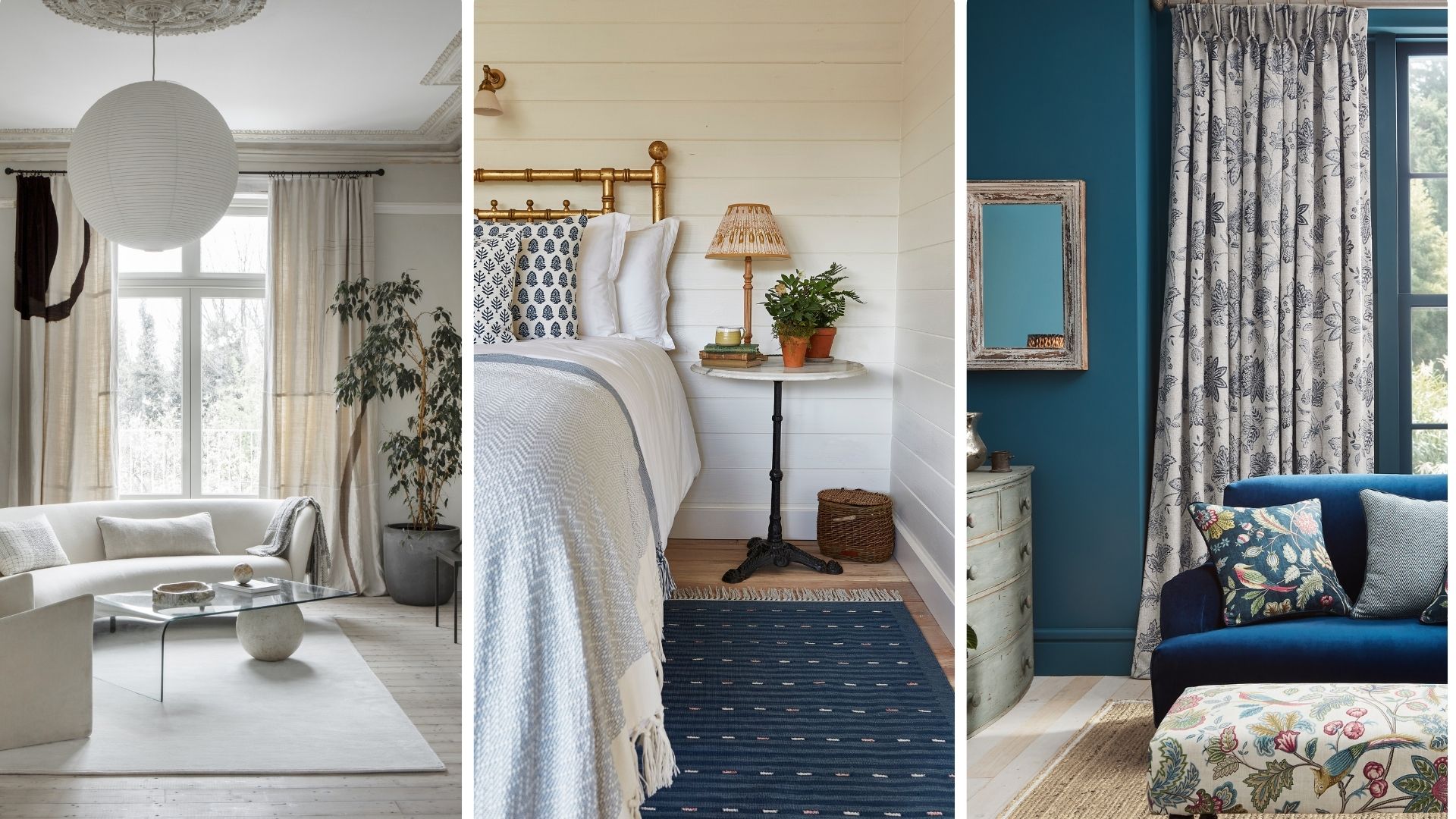
Choosing a rug can feel overwhelming with all the different options available online – but we're here to help. A good rug is an essential staple for living rooms and bedrooms, bringing warm neutrals and comforting textures to your space.
Despite being a relatively budget way to transform a living room or bedroom rugs can also make a home look more expensive on a budget, instantly transforming the whole aesthetic of a hallway or kitchen.
Below, we have rounded up some top tips from professional interior designers to help avoid common interior design mistakes to ensure you choose the right size, shape, material and pattern so that you can make a purchase that you are totally satisfied with for years to come – without letting the interior design trends of 2024 being the sole factor of consideration.
How to choose a rug: 5 expert tips
Of course, large, high-quality rugs are an investment, but we can also afford to have more of an "easy come, easy go" attitude to rugs and other decor in our homes, which makes the process easier.
1. Choosing a suitable size
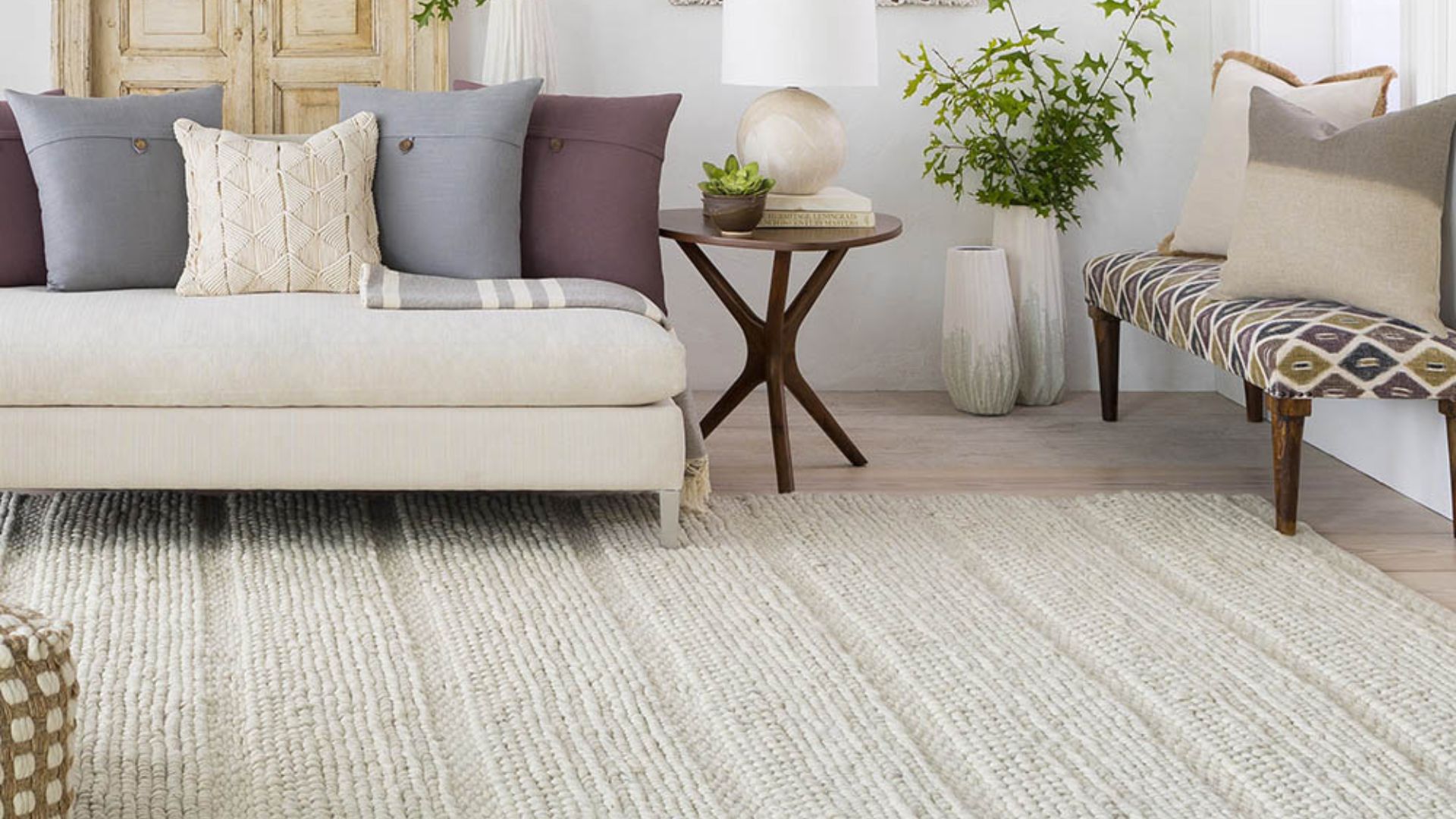
You might need a bigger rug than you think for your space, as generally, a room will look more visually balanced when at least the front two legs of your furniture are positioned on top of the rug. This grounds the conversation area in living rooms and makes the space feel more cohesive.
A larger rug will also help a small living room layout hang together better and make it look like you have enlisted the help of an interior designer. Just check the clearance space under your doors so that your rug will fit without getting caught underneath as you open the door into the room.
"When choosing a rug the most important aspect is to make sure it is the right size," agrees Zara O’Hare, interior design consultant at Land of Rugs. "If you have furniture placed against a wall then I would choose a rug that fits underneath the front legs of your furniture. If your furniture is more centred in your room then I would choose a rug that goes underneath all your furniture, creating a bordered look."
£180 | This oval jute rug will blend seamlessly into colourful and neutral-toned rooms, with a plain design making it easy to style. It is part of John Lewis' ANYDAY range and comes well-reviewed. Dimensions: L240 by W170 cm
£229.99 | This large rug in a textured wool and cotton weave has a bubbly surface that is soft and comfortable underfoot. Dimensions: 200cm by 300cm
£80 | This jute, flatweave rug from Habitat is handmade and a great, neutral base for a living room or bedroom. The alternate woven design gives a bohemian and rustic feel. Dimensions: 120 by 170cm
2. Determining a material
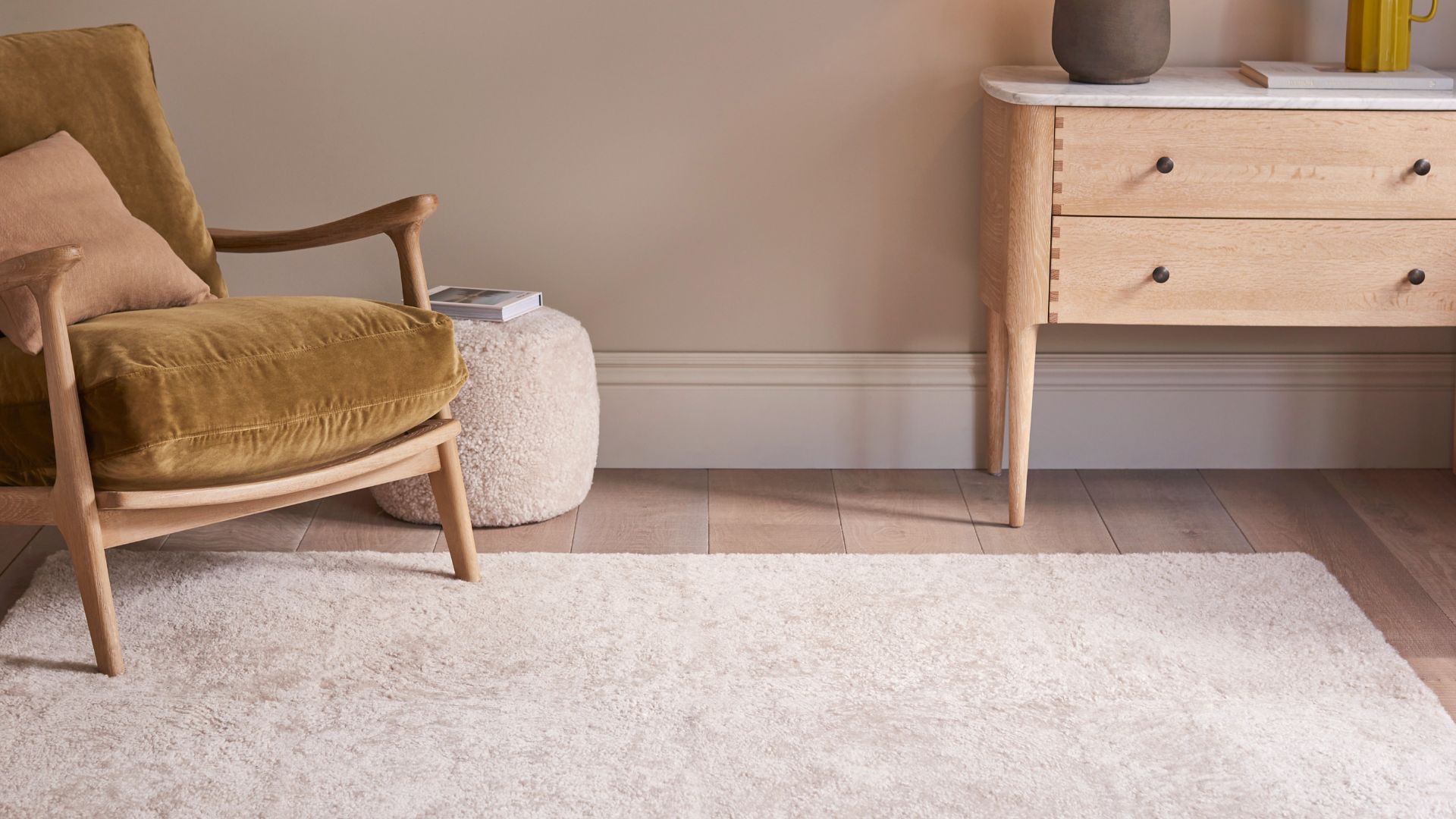
It's easy to forget to check what the rug is made from in the product description, but this could mean you end up with something impractical.
"I think there are a lot of great resources about determining the correct rug size for a space, but there is less about the materials they are made from," begins interior designer Zara Khan.
"I highly recommend checking how the rug needs to be cleaned before committing to a rug," Zara adds. "I always recommend easy-to-clean materials in the dining room and living room if you have kids." Wool is resilient and stain-resistant, while silk is super soft and often has intricate details. Synthetic materials are more budget-friendly but won't be as durable.
For tips on keeping your rugs looking their best for years to come, you can read our guide on how to clean rugs. Plush rugs that have long strands can be the hardest to clean, while jute, wool, and cotton are generally considered easier to clean.
3. Picking pattern
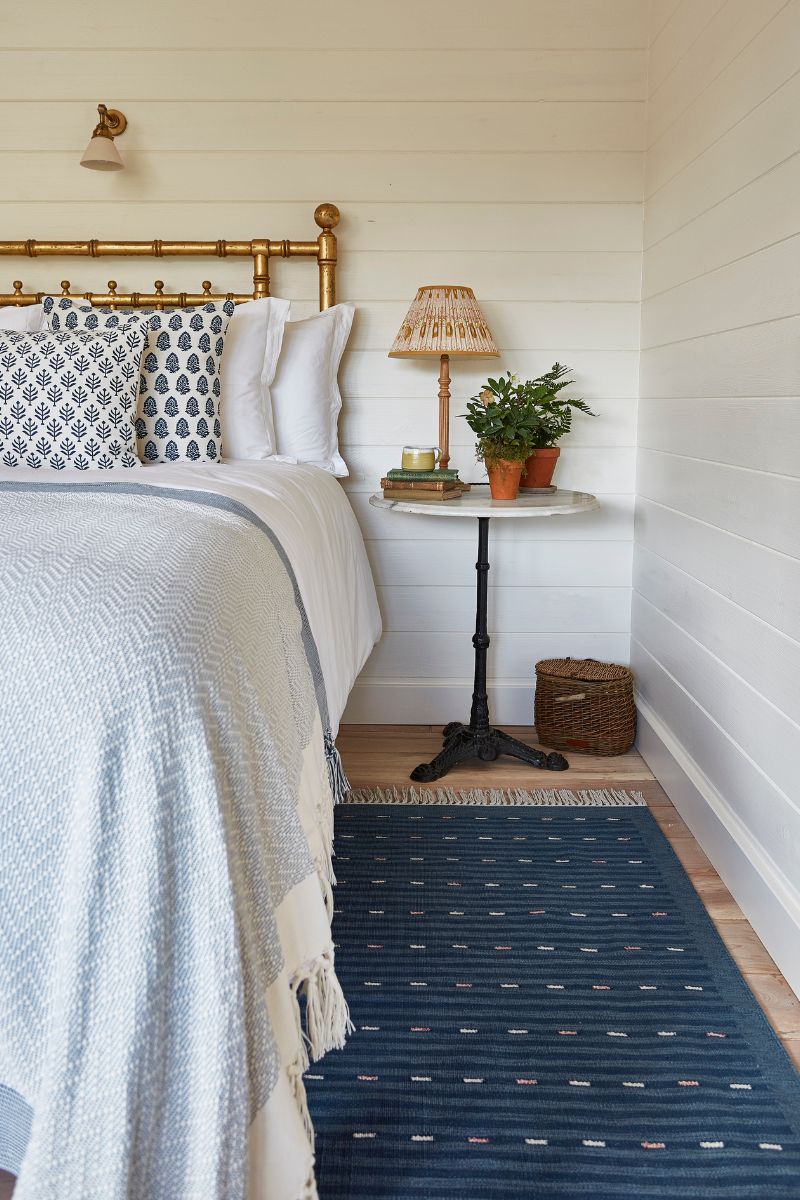
A rug is a brilliant way to add patterns to your space, from big zigzags on a Berber rug to checks, stripes, and geometric patterns. Interior designer Zara Khan shares a useful tip for creating a space that feels curated, and it's all about balancing patterns of different scales.
"I love texture and pattern and the key to executing it correctly is to use different scale patterns," Zara explains. "For example, if your sofa is more of a texture I think of that as a small-scale pattern.
I would do a medium-scale pattern on either the rug or throw pillows and then a large-scale pattern on the other. When all of the patterns are the same scale, I think the space starts to look busy instead of collected."
4. Pinpoint the best location
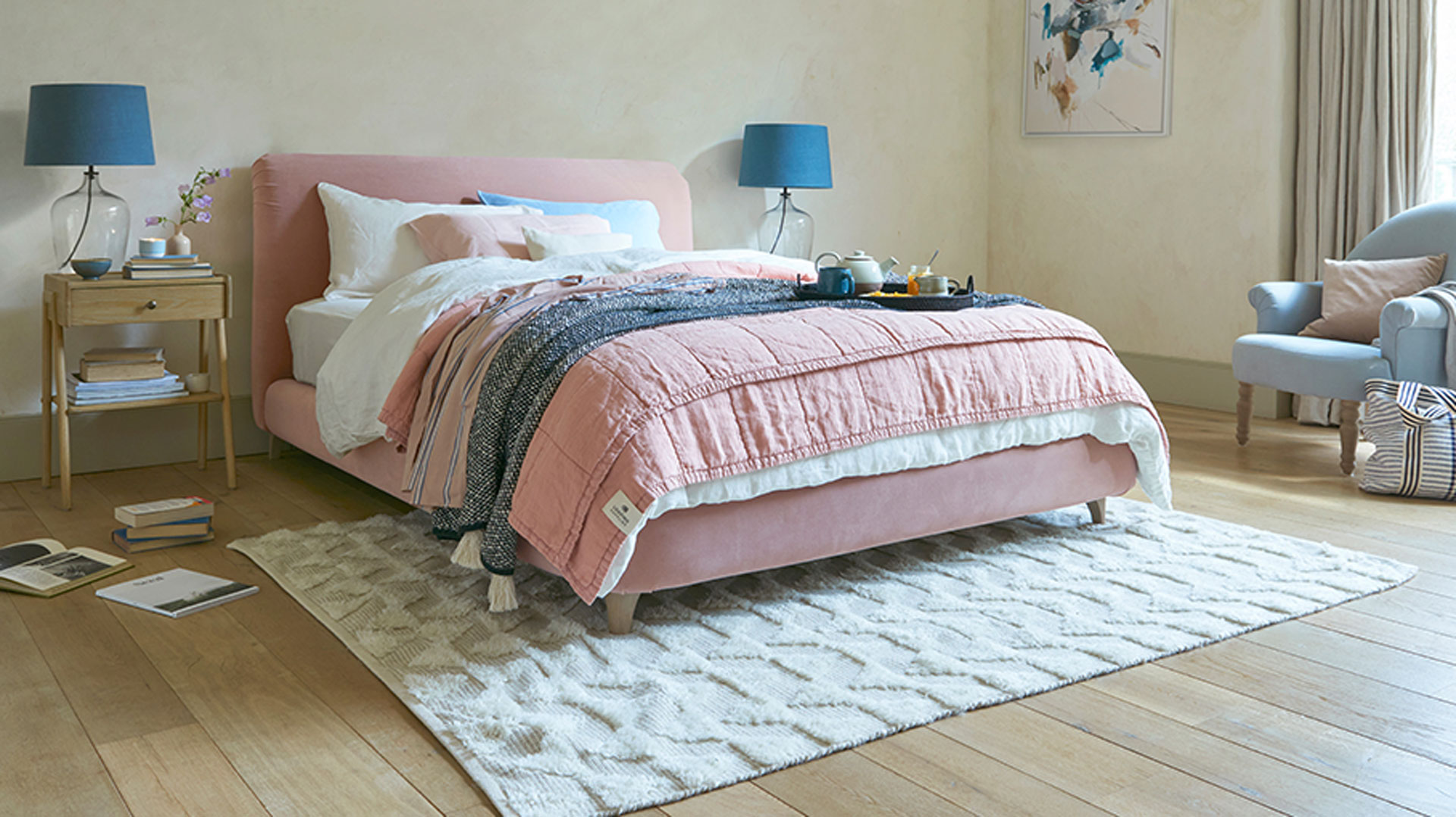
Think about where the rug is going to go before you decide on the style. A runner rug in the kitchen or hallway needs to be much more hardwearing and easier to clean than an area rug under the bed in your spare room.
Evelina Juzėnaitė, principal interior designer at Planner 5D, says that if there’s a lot of movement on the rug, you should choose durable materials, and where there is less movement, you can choose a cheaper and less durable option. "For example, under the sofa and in the hallway a more durable rug is needed, unlike the area near an accent chair."
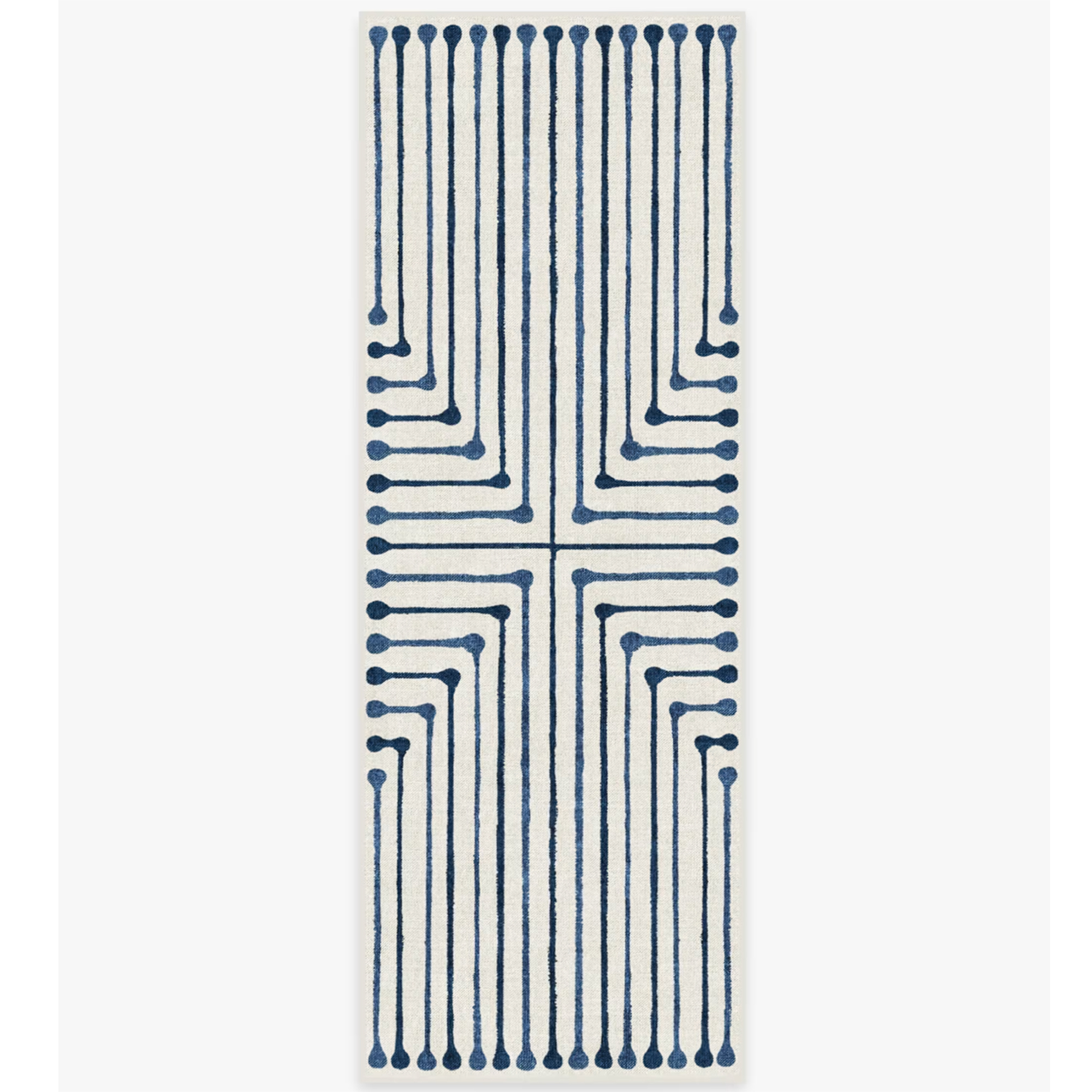
RRP: From £189 | This machine-washable runner by Jonathan Adler for Ruggable draws the eye down a hallway while adding pattern, texture and colour. A striped rug like this can also help to create the feeling of an entryway in a living room where there isn't one and make a kitchen look more expensive on a budget.
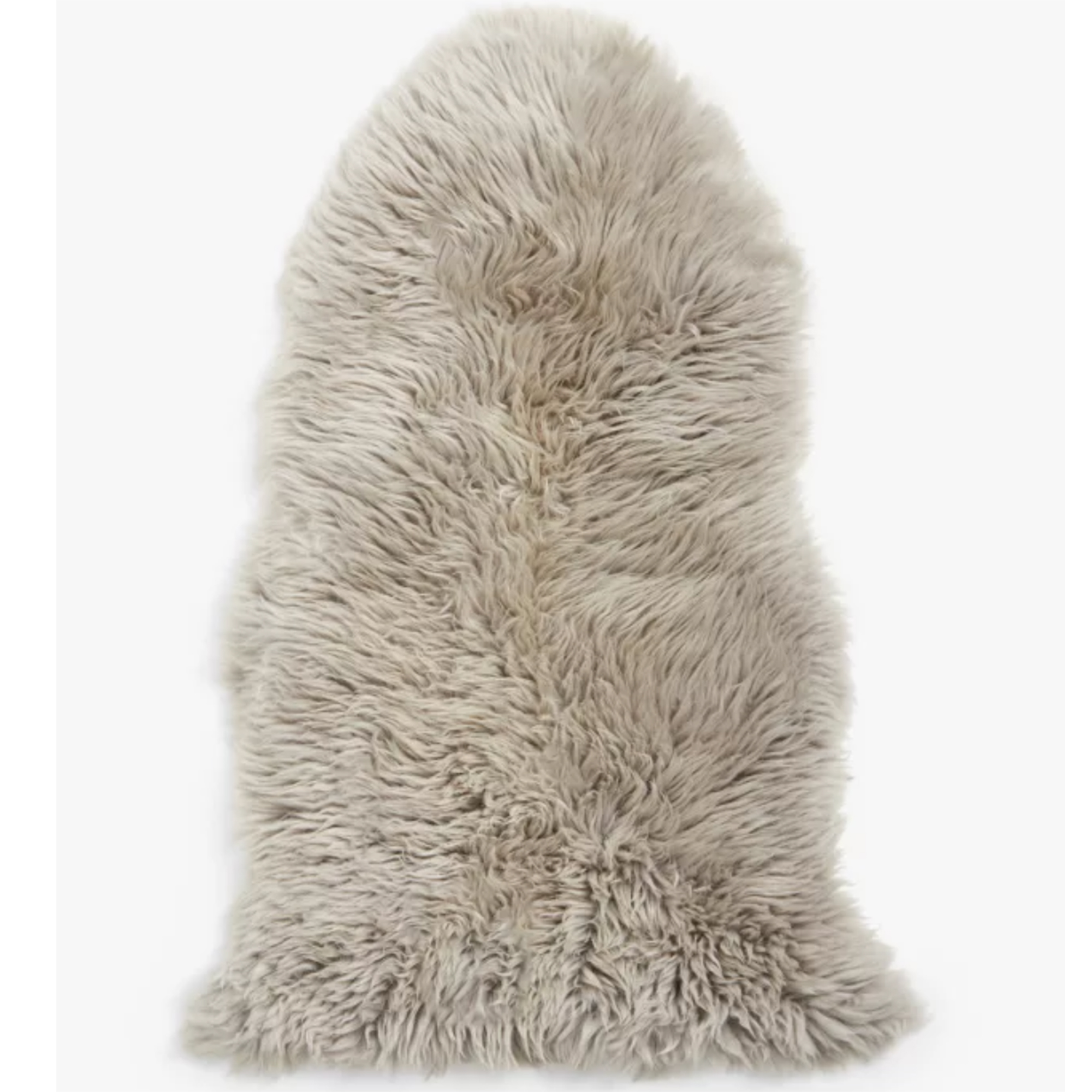
RRP: £45 | In a bedroom, a small fluffy sheepskin rug is ideal. The fluffy texture is soft underfoot as you step out of bed and isn't going to get much wear and tear. Luxurious layers are an easy way to make a bedroom look expensive.
5. Selecting a shape
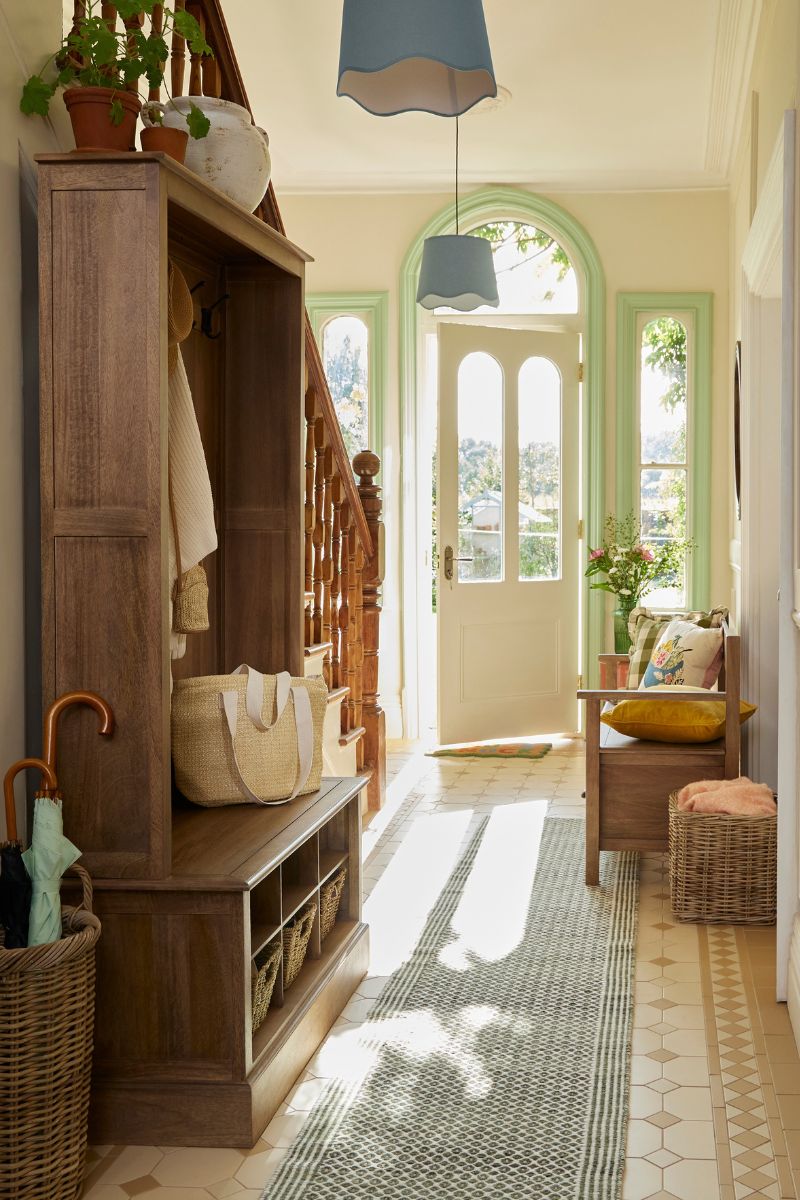
A large, circular or rectangular jute rug can totally transform a living room on a budget because it covers a large surface area, making the space feel refreshed. Rugs with rounded edges, be it a circular rug or one with a scalloped edge, is a lovely way to soften a space and offset harsh edges of furniture and the architecture of the room itself.
Interior designer Evelina Juzėnaitė recommends matching the shape of your rug to your furniture: "Remember, a rectangular rug should go under rectangular furniture, and a round rug under a round table."
FAQs
How do you know if a rug is good quality?
Look out for rugs that are hand-made or hand-loomed, as these will be of very high quality. New Zealand wool is considered the best wool in the world.
"The backing of the rug is also important," says Zara O'Hare, interior design consultant at Land of Rugs. "A sturdy backing, typically made from cotton or jute, ensures the rug's shape retention and prevents stretching or warping. Avoid glued-on backings, which are less durable and prone to separation."
Should your living room rug be darker or lighter than your sofa?
A darker rug will make the living room feel cozy, while a lighter rug will enhance the sense of space, so it depends on how you want it to feel. "I think the rug can be lighter or darker than the couch, but I would recommend making sure they aren't the same tone so you have contrast and it doesn't fall "flat" visually," says interior designer Zara Khan.
It's worth remembering to have fun with it, after all, you can change your rug to something else in a few years, passing your old rug on to someone else who is going to get more use out of it.







